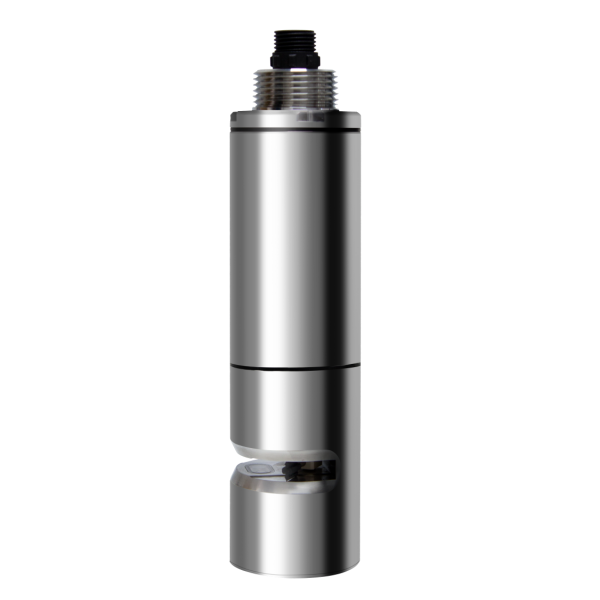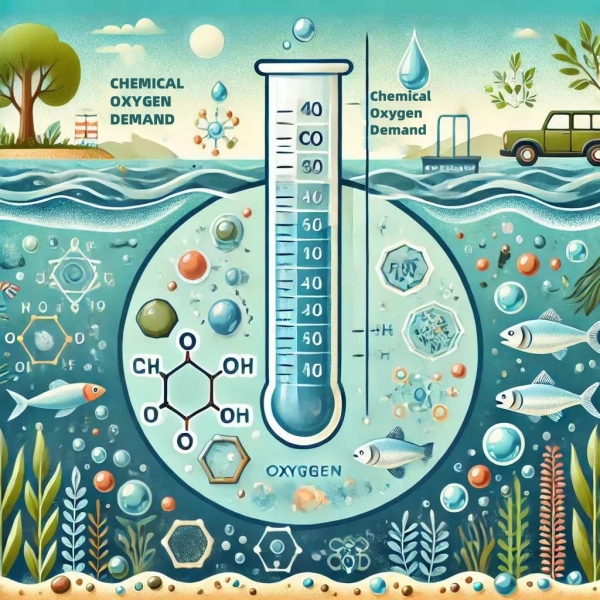Safety shoes are essential protective footwear designed to safeguard the feet and lower legs from potential injuries in various work environments. These shoes are manufactured with high standards, using advanced materials, chemicals, and machinery, which makes them technologically sophisticated and economically valuable. Different industries require specific types of safety shoes tailored to the hazards they face.
In industrial settings, these protective shoes are commonly referred to as safety boots. One of their key features is the reinforced toe cap, which can withstand impacts from a 20-kilogram object dropped from a height of one meter. Beyond basic impact protection, modern safety shoes come in a variety of specialized forms, such as those with puncture-resistant soles to prevent injuries from nails or sharp objects, anti-slip soles for better grip, static resistance, thermal insulation, and chemical or oil resistance, depending on the working conditions.
When using tools like chainsaws for cutting wood or building materials, there's a risk of injury to the feet, ankles, and toes. That’s why it's crucial to wear appropriate protective footwear in such scenarios. However, the risks can vary even within the same workplace, so selecting the right type of shoe based on the specific environment is vital for ensuring maximum safety.
In chemical laboratories, where corrosive substances are commonly used, wearing suitable protective footwear is a must. Open-toed shoes, sandals, or any footwear that leaves parts of the foot exposed should be avoided. The footwear must fully cover the foot and be made from materials that resist slipping, abrasion, oil, and heat. The choice of material depends on the specific tasks and the type of chemicals being handled in the lab.
This website solemnly declares: This article is a reprinted version from online media, and it only reflects the author's opinion. It has no connection with this site. If any news articles or comments infringe upon your legal rights, please contact us, and we will address the issue promptly.
Overview
COD sensor, also called COD probe, is an instrument used to measure chemical oxygen demand in water or wastewater and supports online digital transmission. Utilizing the advanced UV254 ultraviolet absorption method, it ensures fast, accurate, and reliable organic content measurements, enabling continuous online monitoring of water quality. Beyond COD, this versatile sensor can also detect parameters such as Total Organic Carbon (TOC), Turbidity Units (TU), and Total Suspended Solids (TSS), making it suitable for applications requiring comprehensive water analysis. Its dual functionality as a COD-TSS sensor or COD-TU sensor enhances its utility in environmental protection, wastewater treatment, and industrial monitoring systems.

What is COD?
Chemical Oxygen Demand (COD) is a key parameter for evaluating organic pollution in water. It measures the oxidant consumed during the oxidation of organic and certain inorganic materials in water. High COD levels signify excessive organic pollutants, which may deplete dissolved oxygen, adversely impacting aquatic ecosystems and water usability. Monitoring COD helps ensure compliance with environmental regulations and guides effective water treatment.Â

How COD Sensors Work
COD Sensors use the UV254 ultraviolet absorption method to analyze water samples. Organic matter absorbs ultraviolet light when irradiated, and the intensity of absorption correlates with the organic content, allowing precise COD value calculations. This chemical-free method is efficient and ideal for a wide range of water samples, from drinking water to heavily polluted wastewater.Â
Key Features of COD Sensors
- Measurement of dissolved organic matter via UV254 light absorption.
- Dual-beam LED structure ensures high accuracy for clear and polluted water samples.
- Automatic cleaning functionality reduces maintenance and eliminates chemical reagent usage.
- Continuous online monitoring enables real-time COD concentration tracking.
Applications
- Wastewater Treatment: Ensures compliance with environmental standards by monitoring COD levels.
- Drinking Water Purification: Guarantees safe and clean water for consumption.
- Industrial Processes: Monitors water quality in manufacturing and production facilities.
Conclusion
COD Sensors and Probes are essential for precise and efficient water quality monitoring. With their ability to accurately measure Chemical Oxygen Demand, they play a vital role in environmental protection and industrial applications. By adopting these advanced tools, industries and researchers can better manage water resources and reduce pollution.Â
Contact us for more information about our COD Sensors and other water quality solutions.
COD Sensor,COD Probe,Chemical Oxygen Demand Sensor,Online COD Monitor,UV254 COD Measurement
Suzhou Delfino Environmental Technology Co., Ltd. , https://www.daruifuno.com